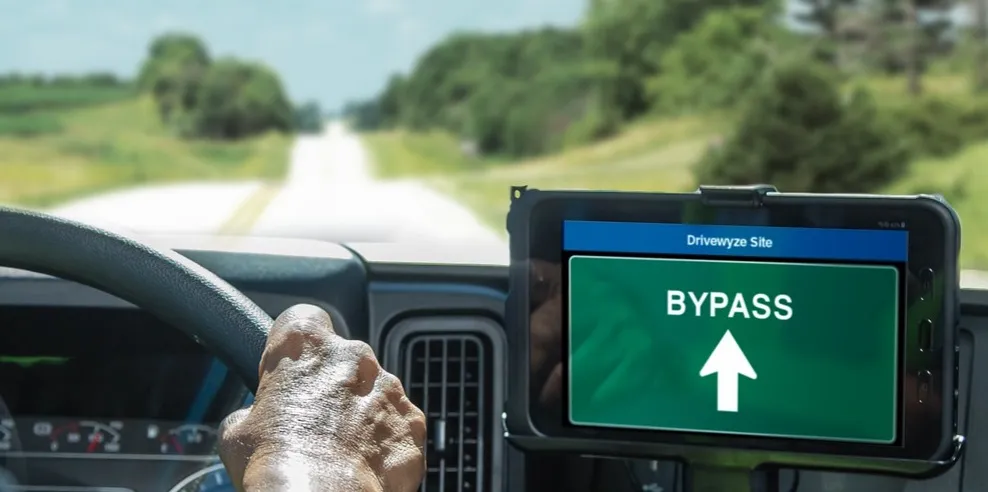Secure Interagency Flow (SIF), an American-based joint venture of French tolling companies Egis Projects and Sanef, are to build and operate the first full toll transactions matching hub in North America. The contract with the Alliance for Toll Interoperability (ATI) is for five years initially with possible annual renewals. The hub will work from constantly updated lists of participating toll operators' accounts to match transactions of other account holders.
July 22, 2013
Read time: 2 mins
Secure Interagency Flow (SIF), an American-based joint venture of French tolling companies 533 EGIS Projects and 480 Sanef, are to build and operate the first full toll transactions matching hub in North America.
The contract with the Alliance for Toll Interoperability (ATI) is for five years initially with possible annual renewals. The hub will work from constantly updated lists of participating toll operators' accounts to match transactions of other account holders.
Toll companies who are members of ATI can enrol with the hub and make transaction processing arrangements with SIF from September. They will pay an upfront connection fee and a monthly operations and maintenance fee. There is also a sliding scale of per-transaction fees for successfully matched transactions.
The SIF-ATI contract provides for a variety of extra services to the basic transactions-account matching that could in future be provided by the hub, including: funds transfers; reconciliations; full back office services; tag distribution; account management; licence plate lookup; and enforcement and collections.
The hub will also process non-toll transactions for member organisations including transit fares, parking fees and fast food charges for enrolled account holders.
The contract with the Alliance for Toll Interoperability (ATI) is for five years initially with possible annual renewals. The hub will work from constantly updated lists of participating toll operators' accounts to match transactions of other account holders.
Toll companies who are members of ATI can enrol with the hub and make transaction processing arrangements with SIF from September. They will pay an upfront connection fee and a monthly operations and maintenance fee. There is also a sliding scale of per-transaction fees for successfully matched transactions.
The SIF-ATI contract provides for a variety of extra services to the basic transactions-account matching that could in future be provided by the hub, including: funds transfers; reconciliations; full back office services; tag distribution; account management; licence plate lookup; and enforcement and collections.
The hub will also process non-toll transactions for member organisations including transit fares, parking fees and fast food charges for enrolled account holders.









